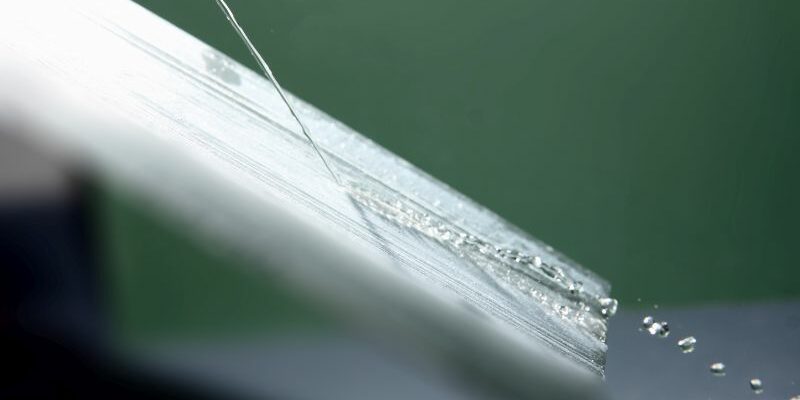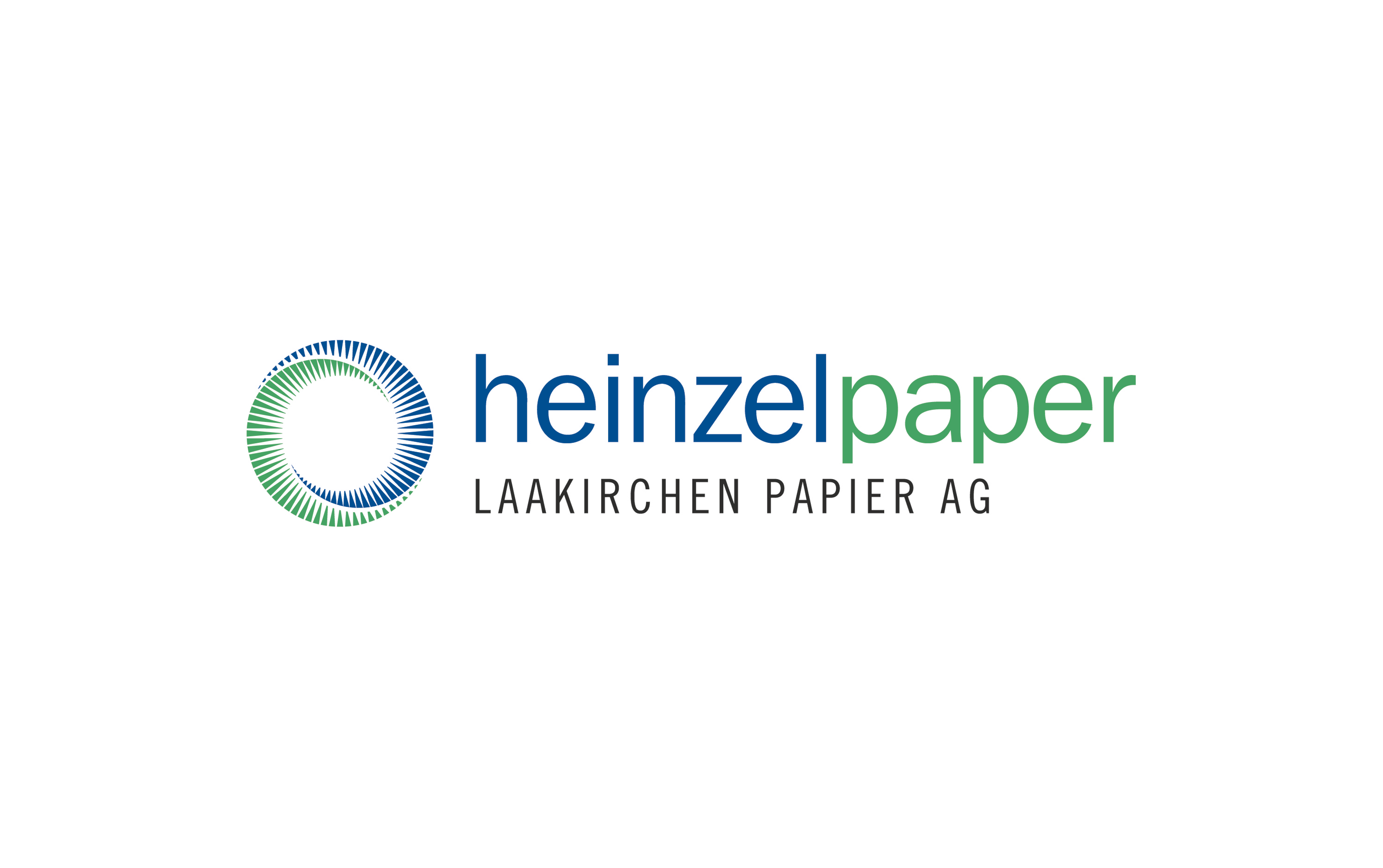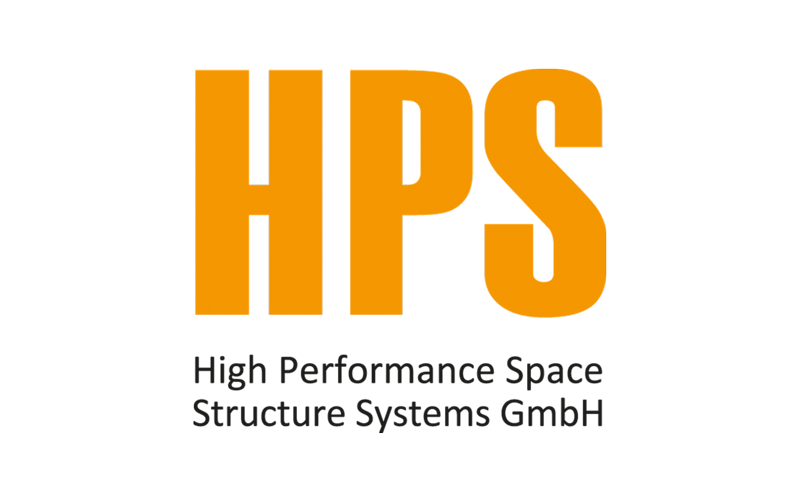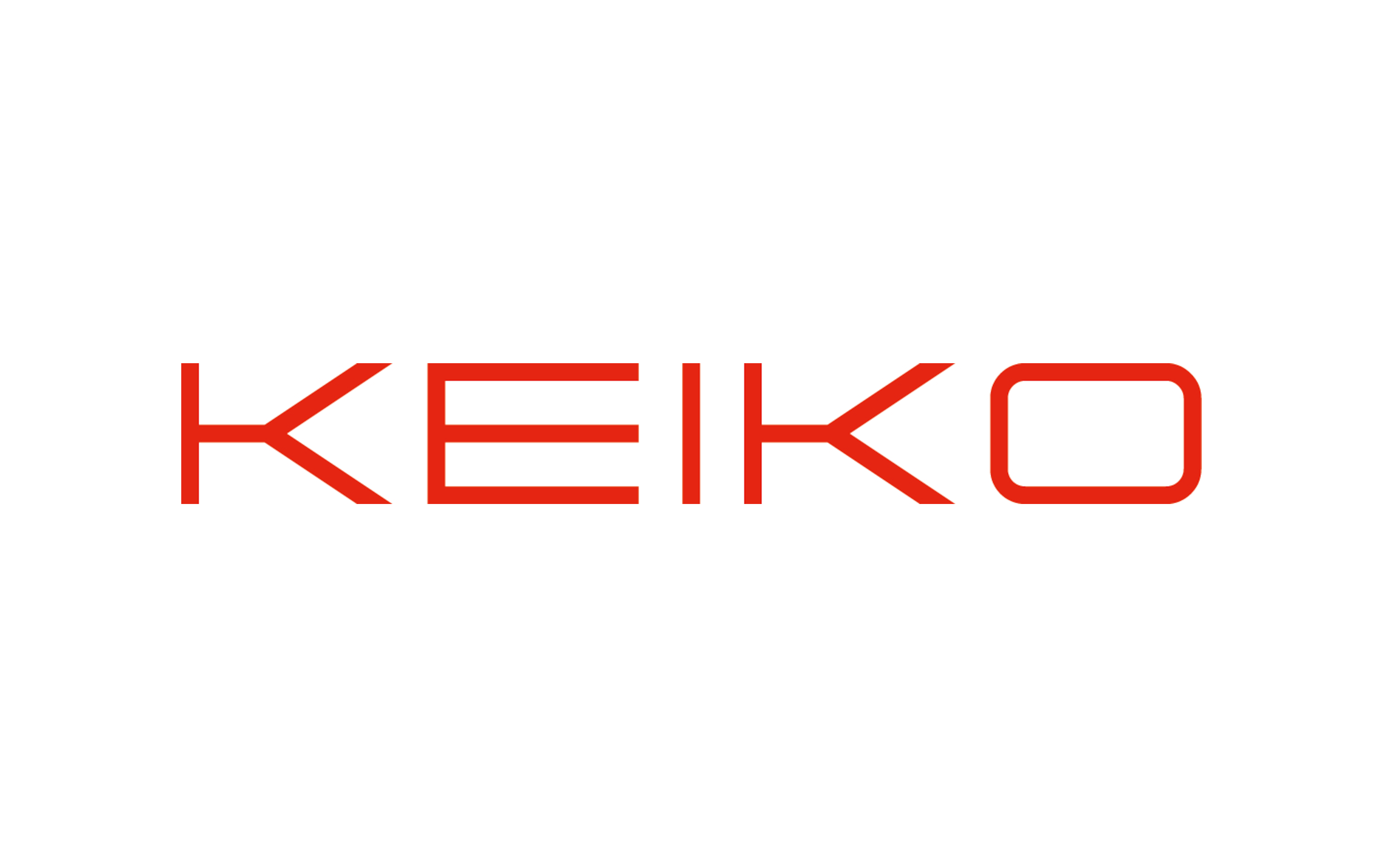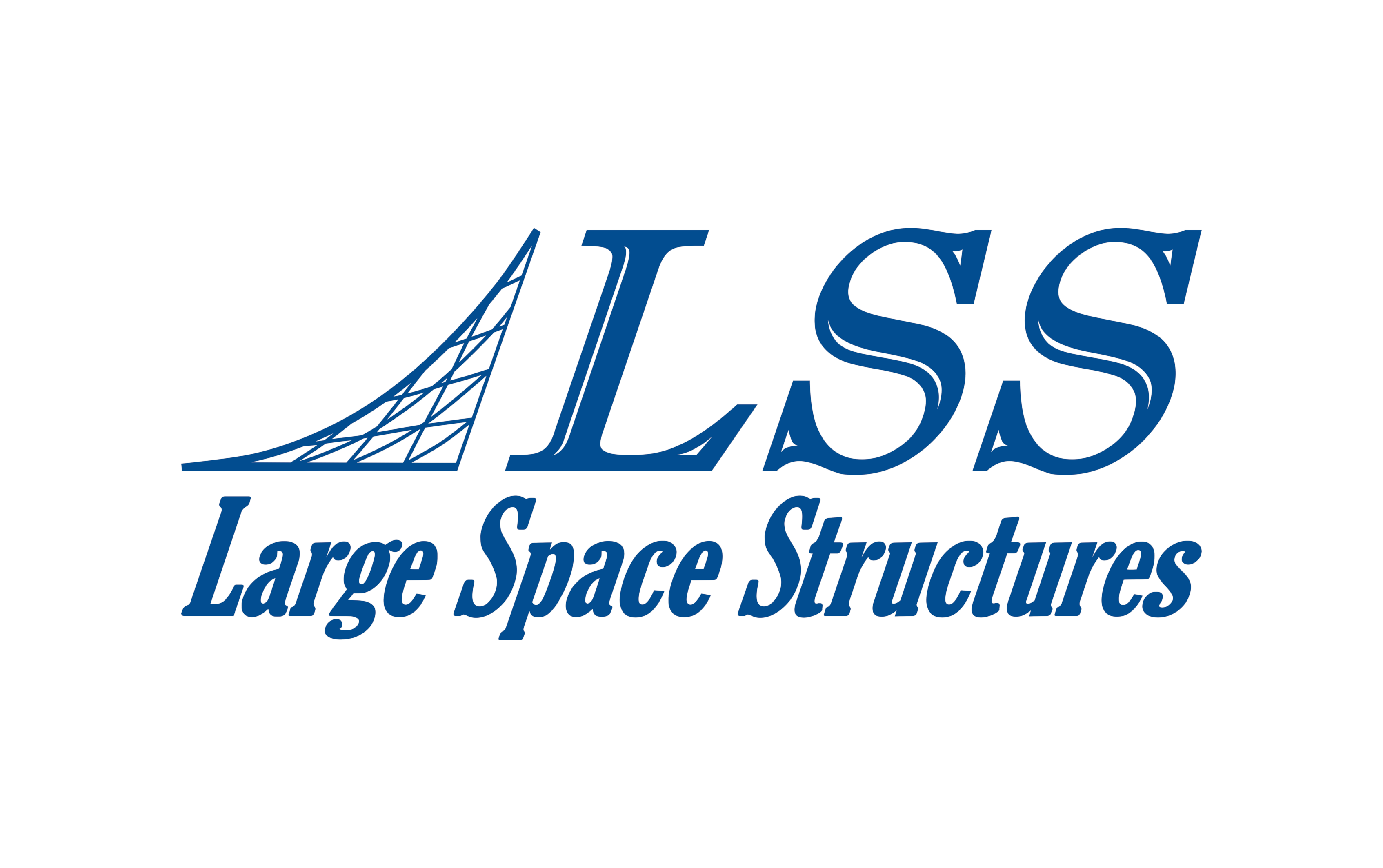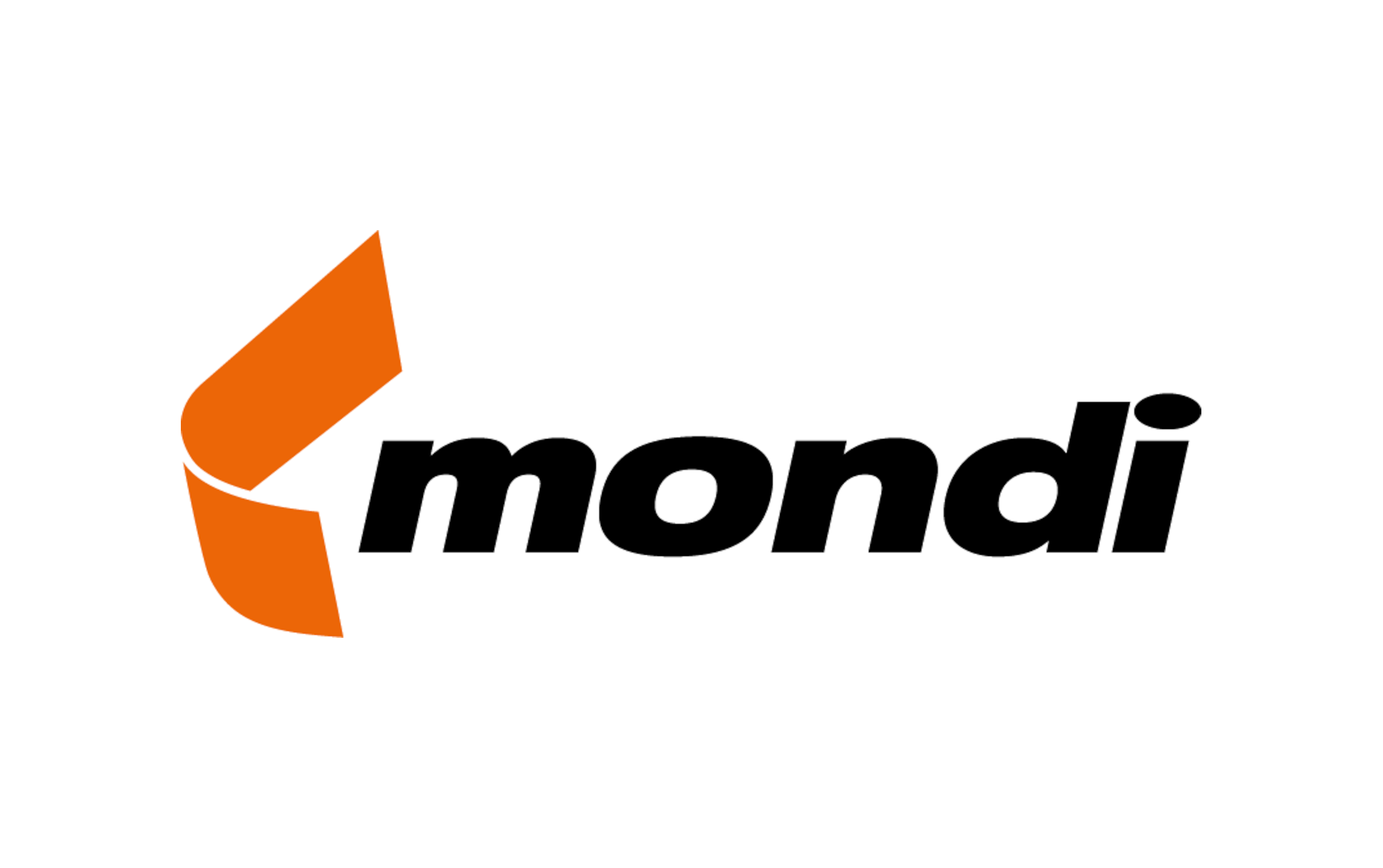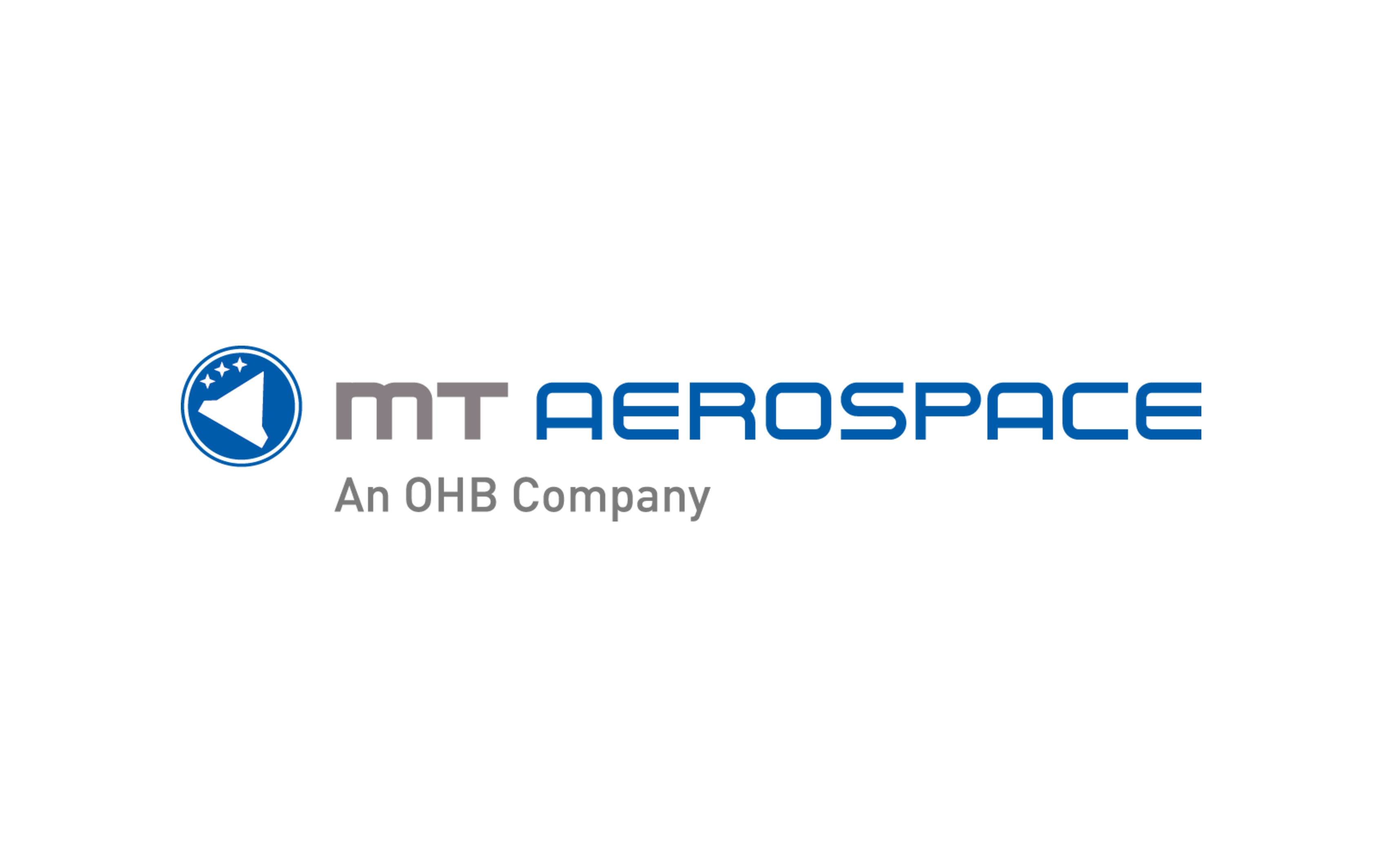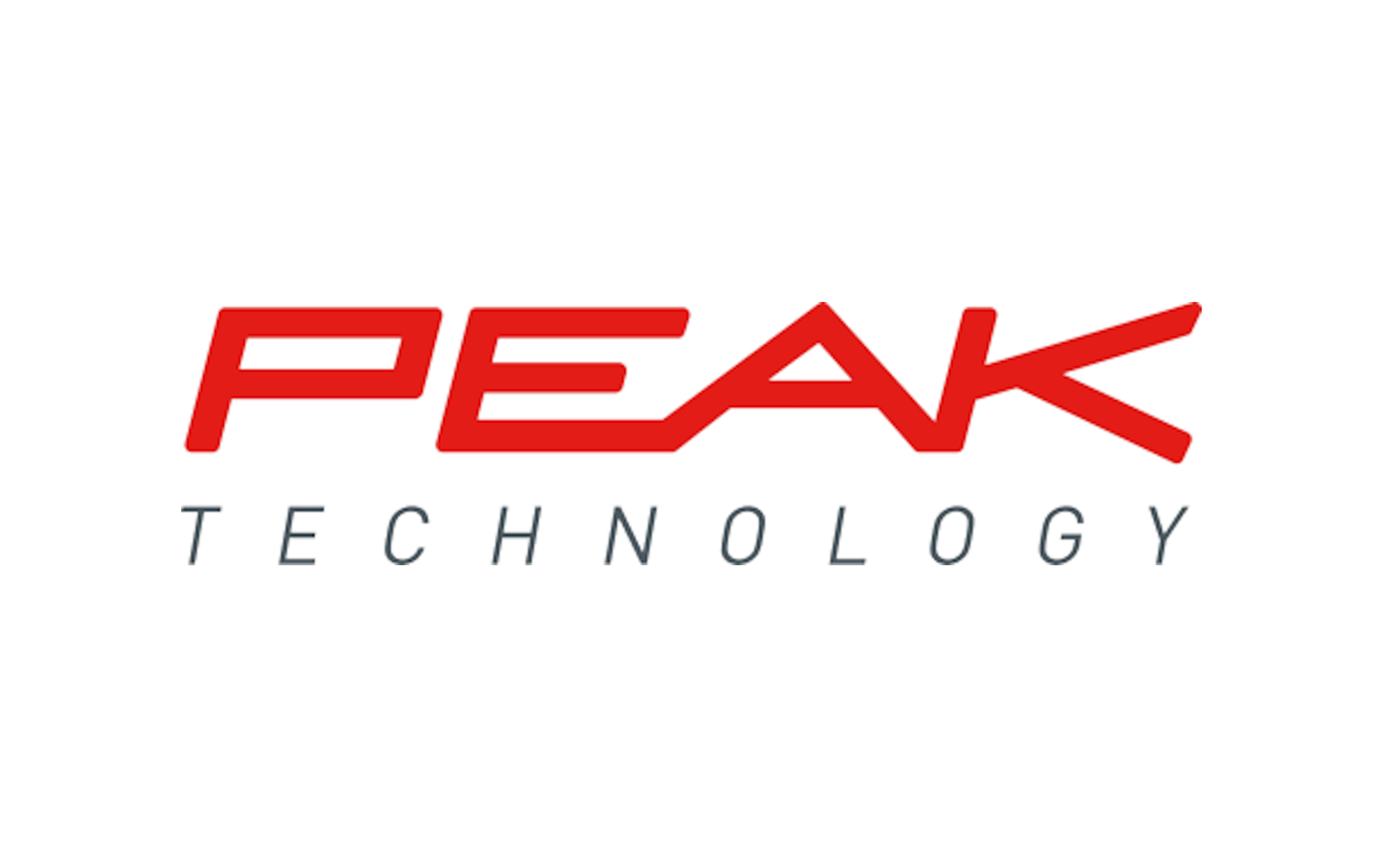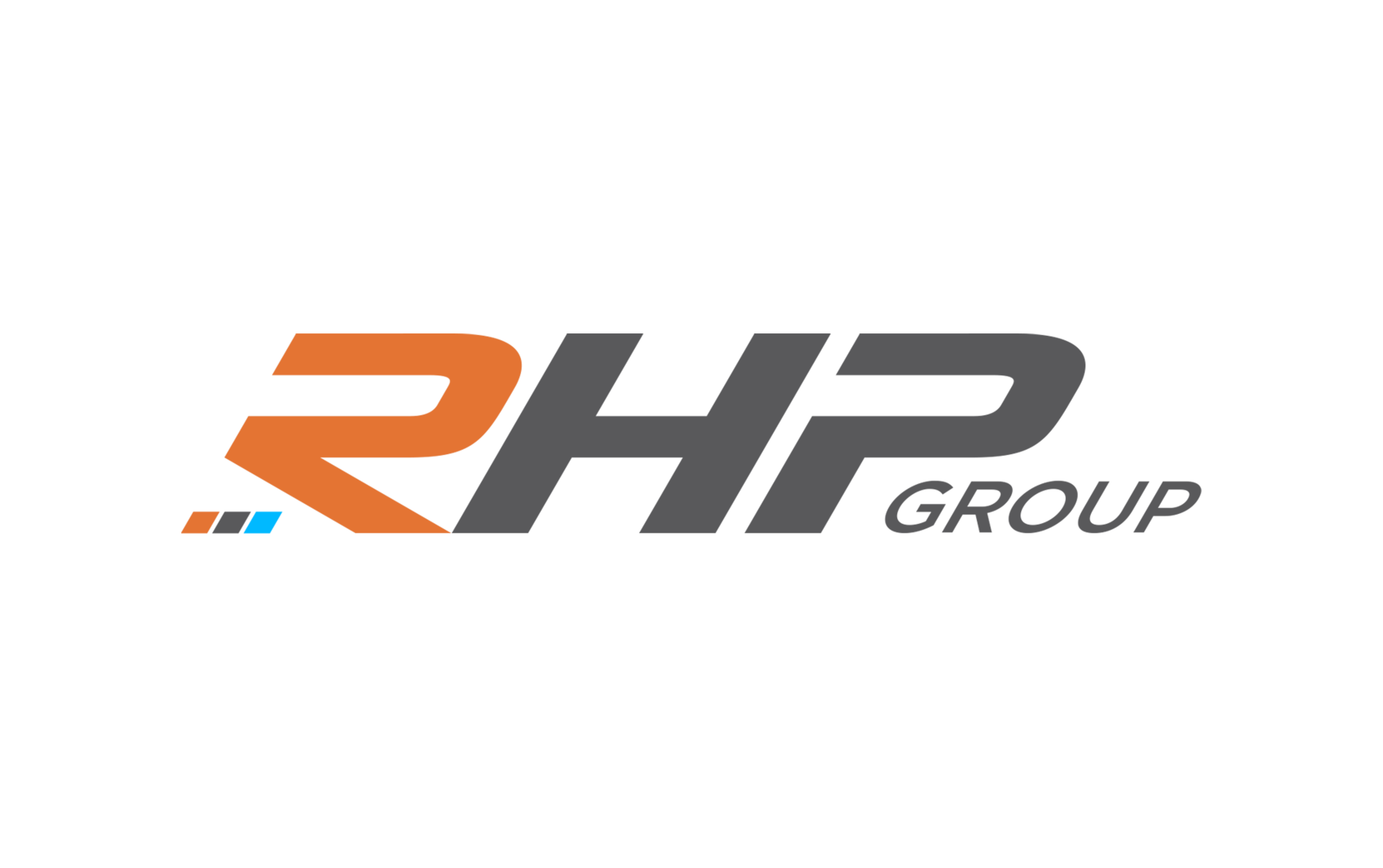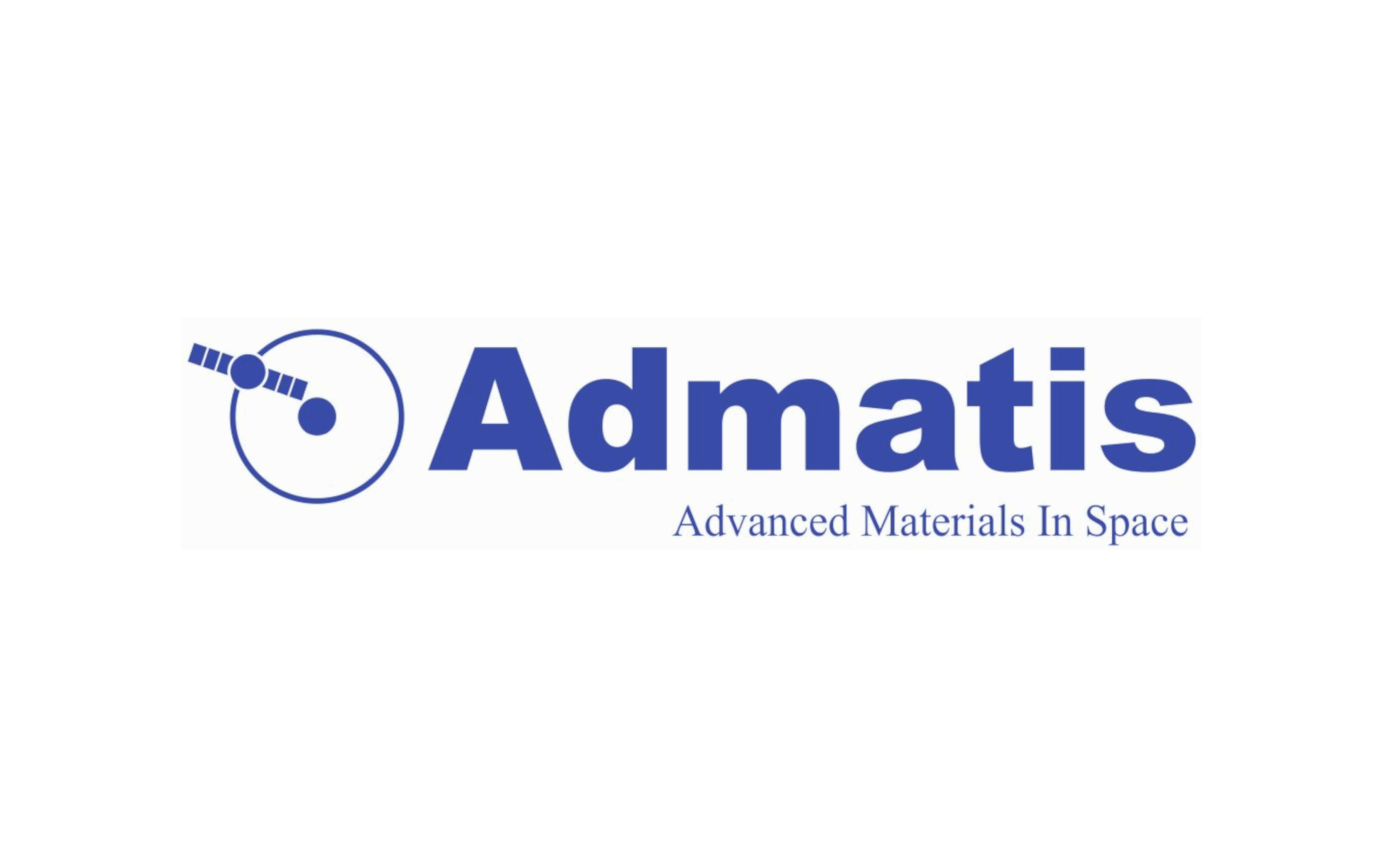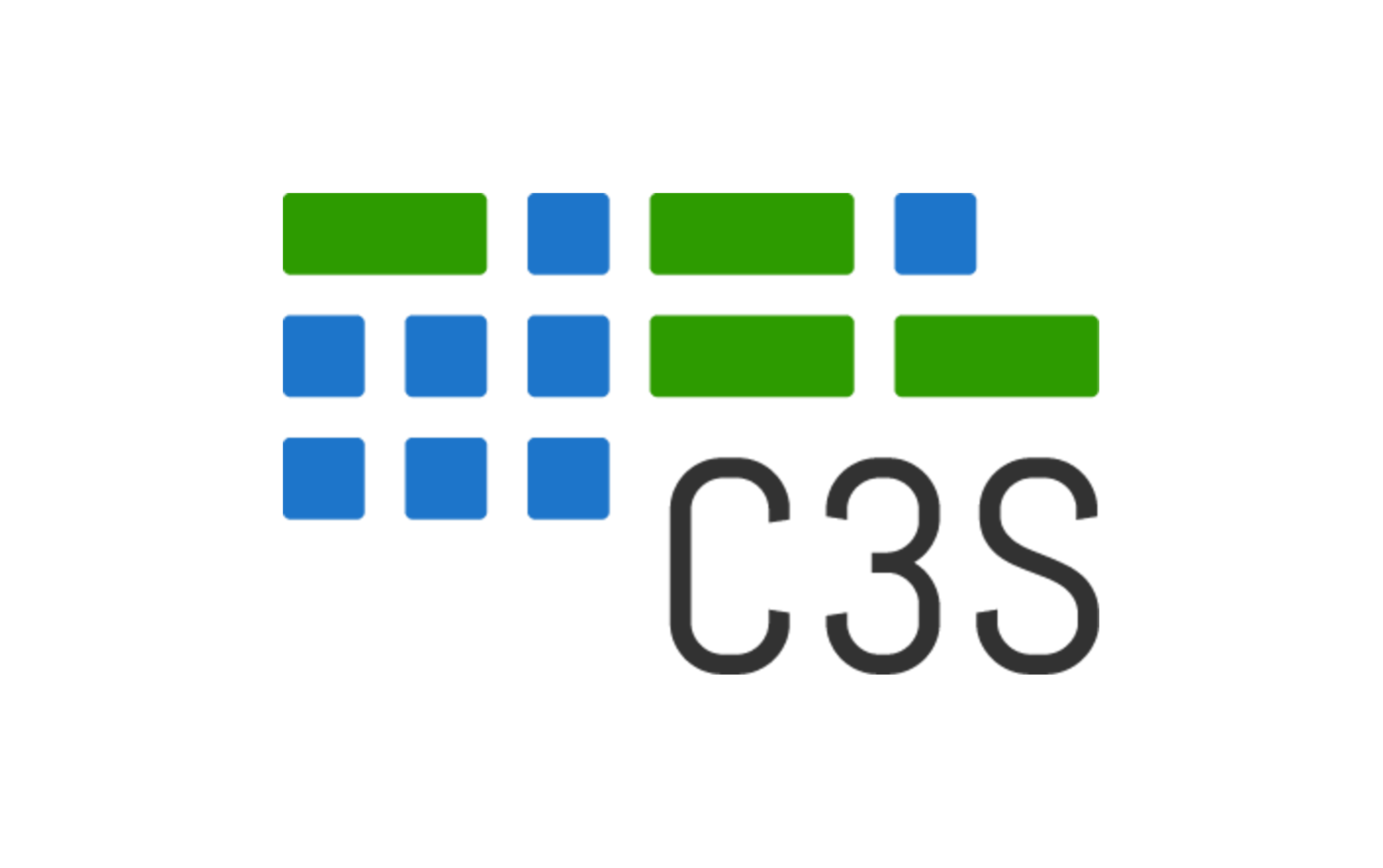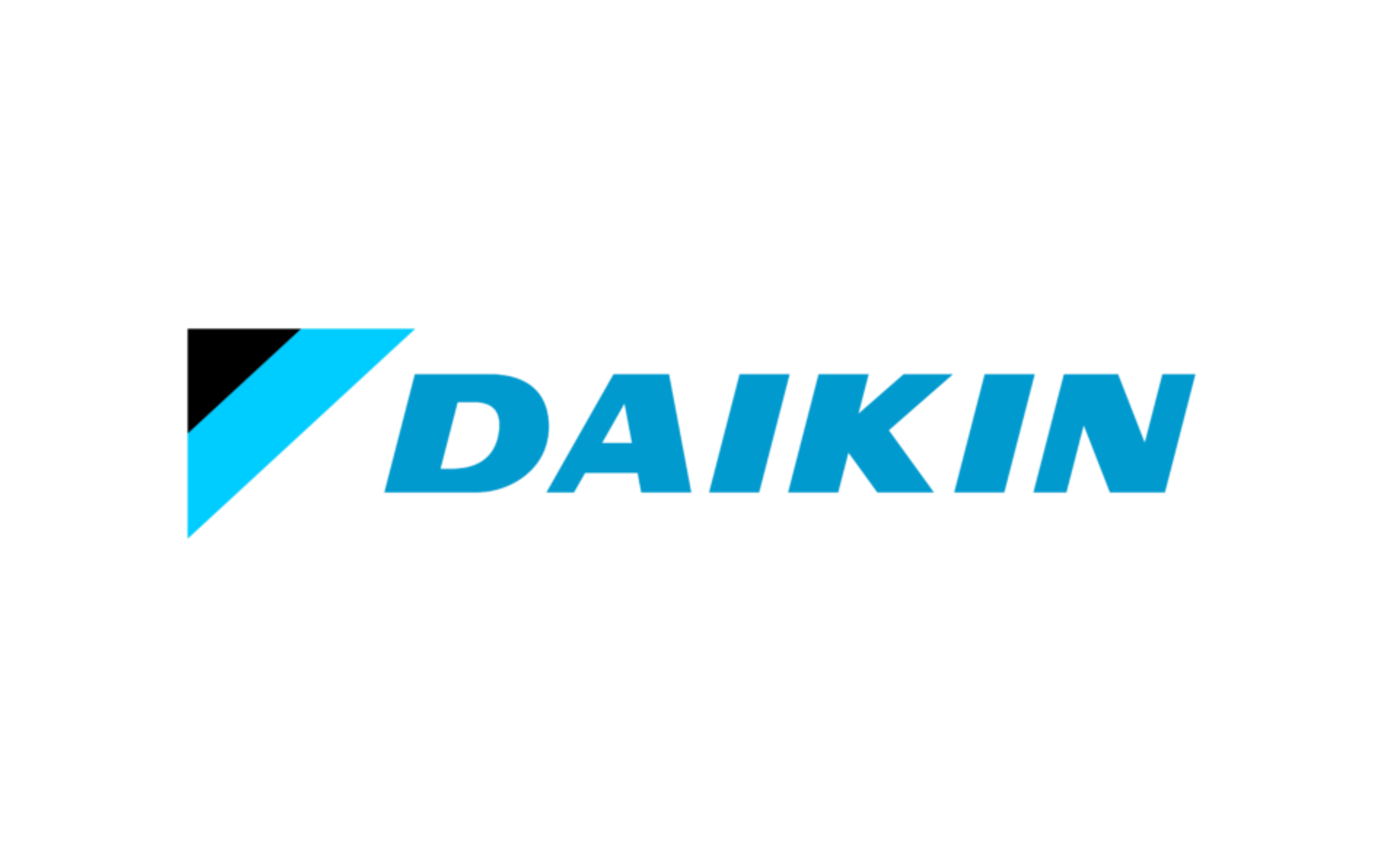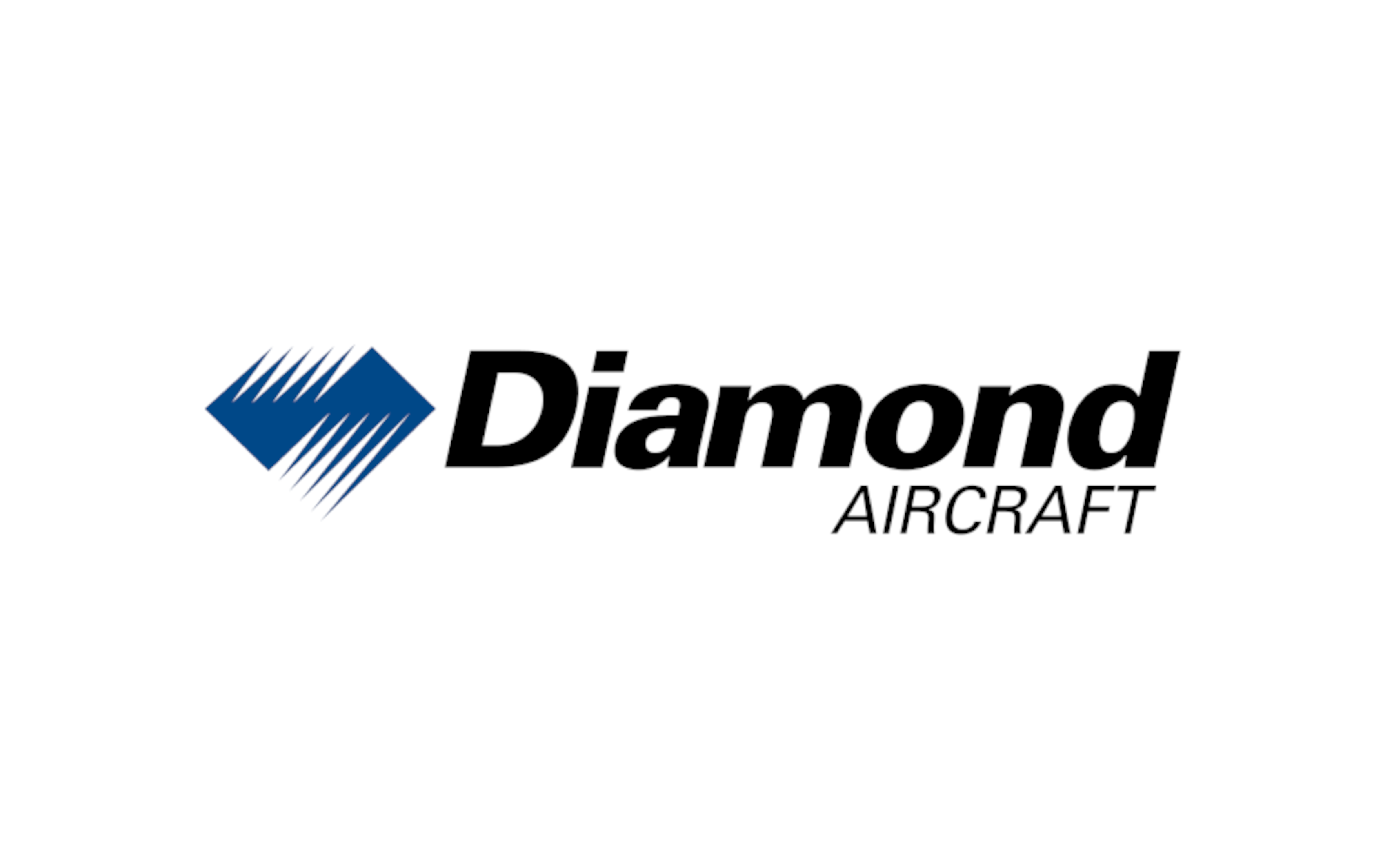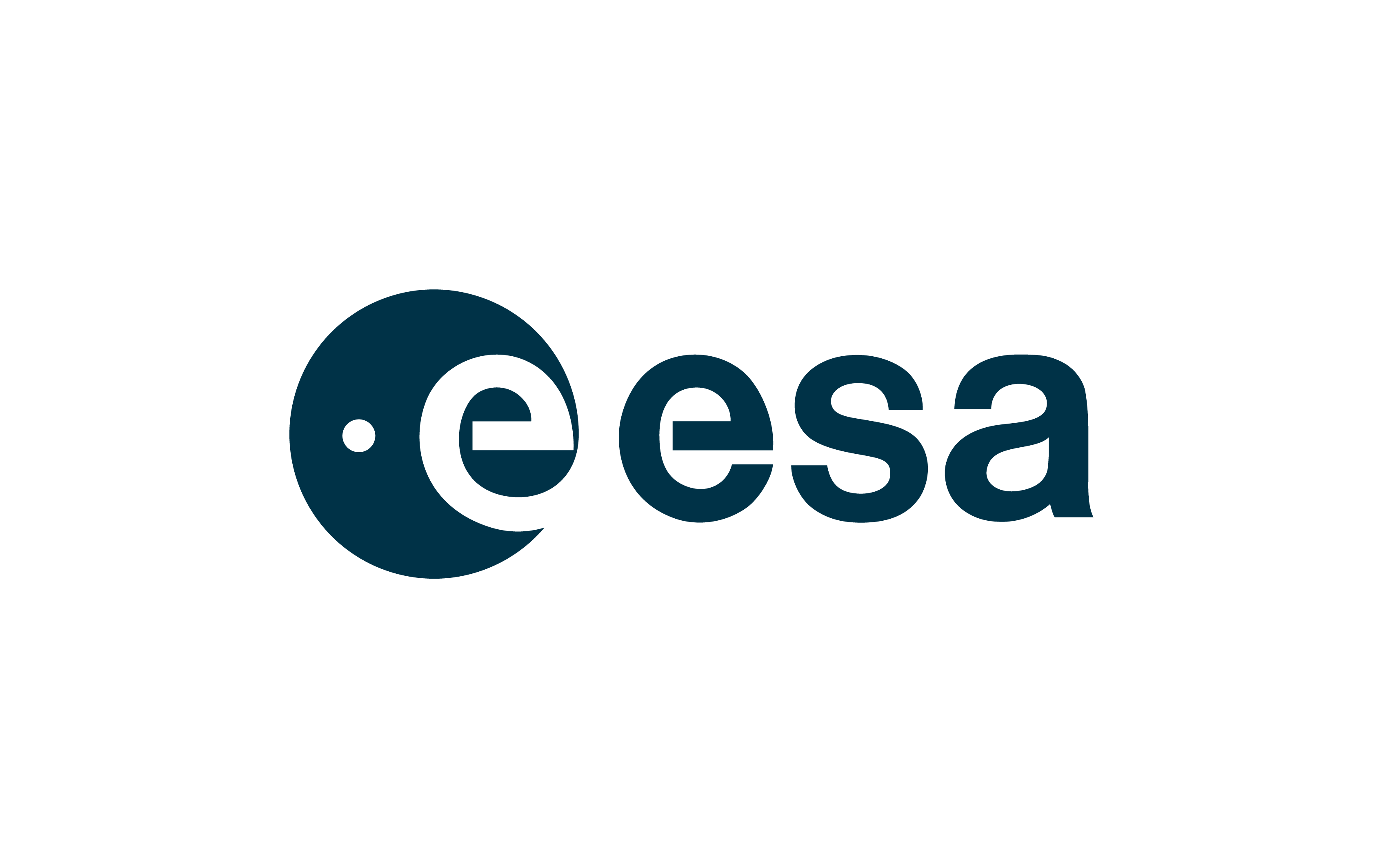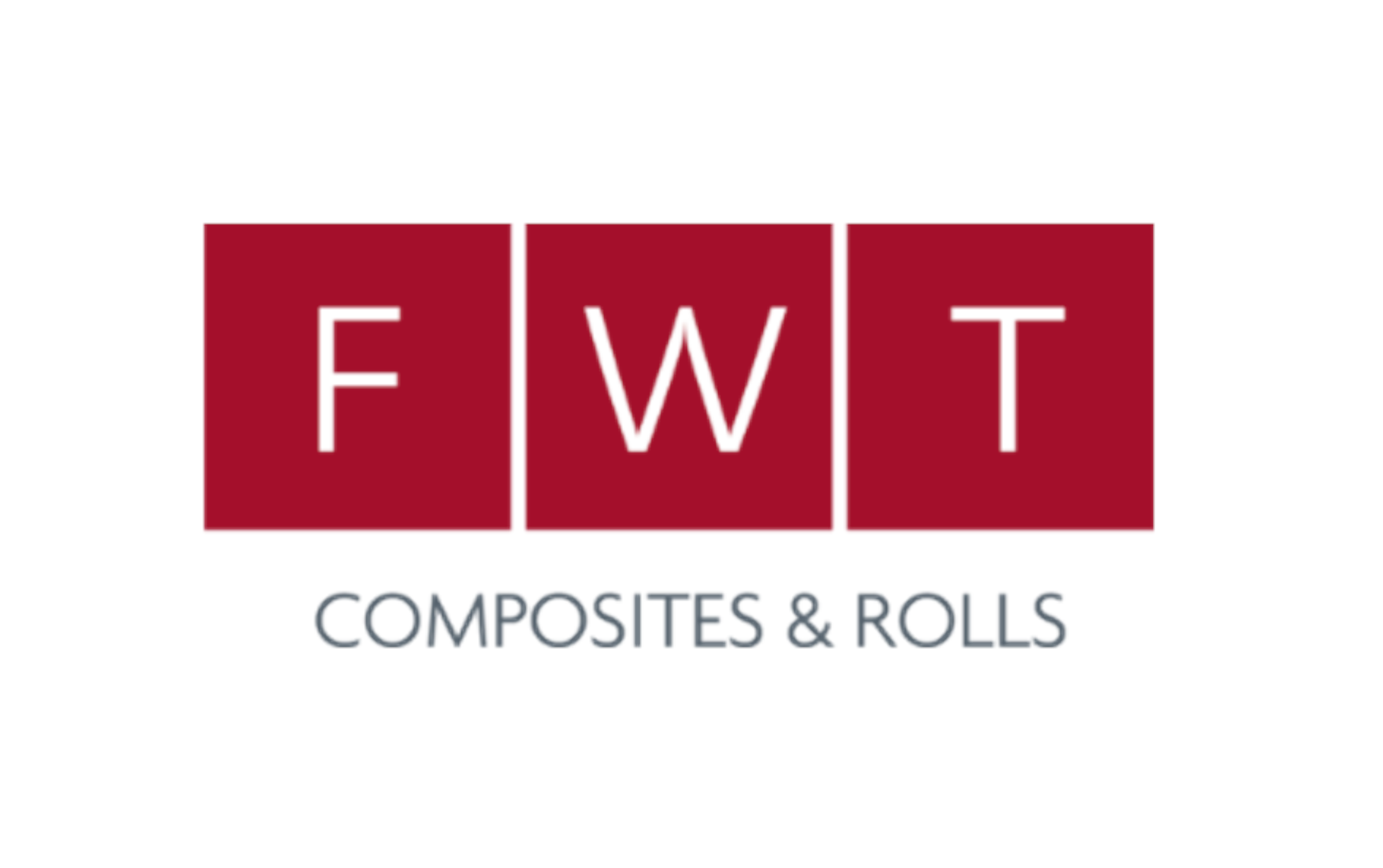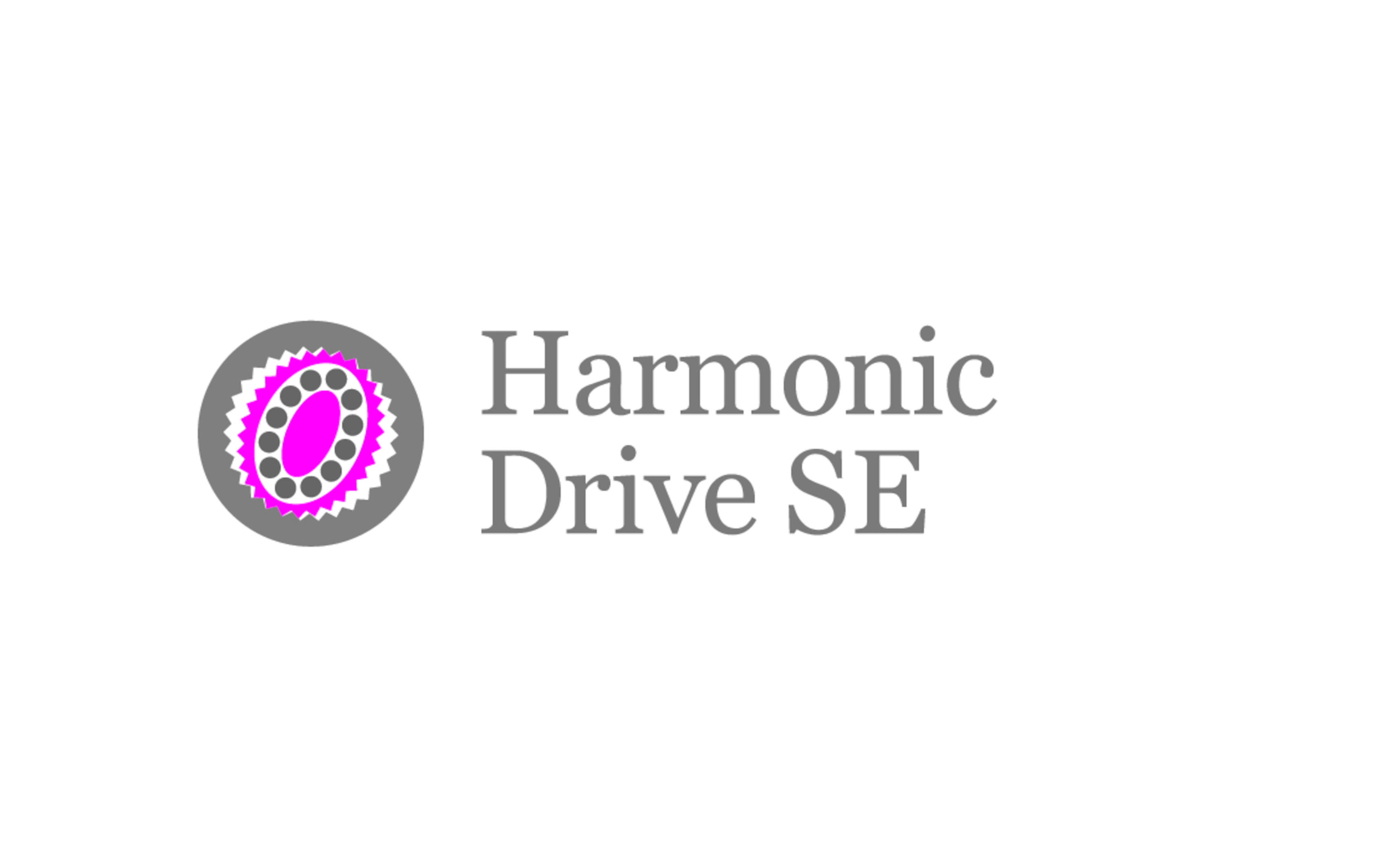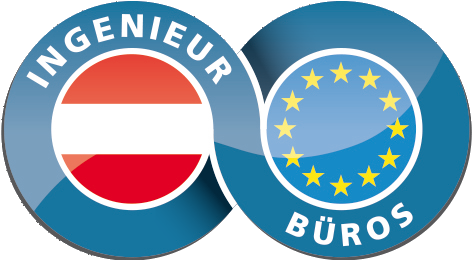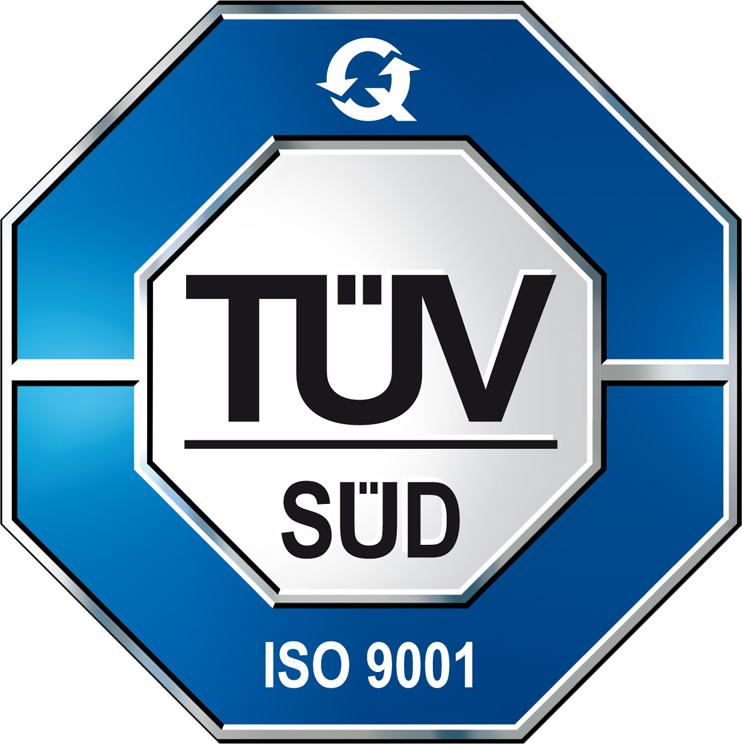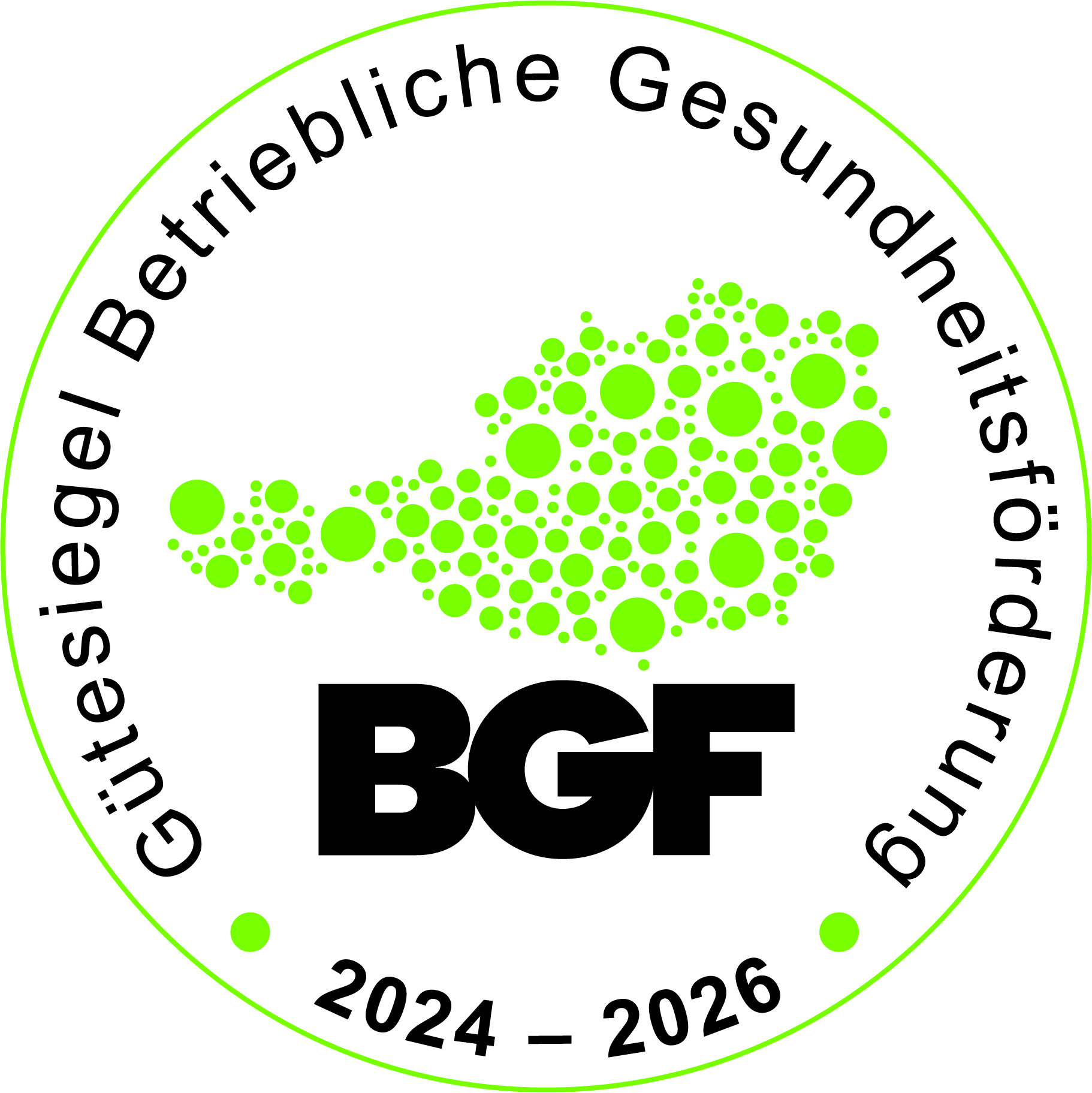CONSULTING
TESTING
DEVELOPMENT
RESEARCH
Functional and Anti-Ice Coatings
Discover with AAC the Power of Functional and Anti-Ice Coatings
At AAC, our research and interdisciplinary team is dedicated to stand at the forefront of research capabilities in the area of functional and anti-ice coatings. The deep knowledge and experience in sol-gel technology and surface functionality delivers a broad spectrum of solutions across various industrial sectors.
Our research efforts are deeply rooted in understanding the unique challenges faced by various industries. This insight allows to tailor the coatings precisely to meet specific operational needs, whether enhancing corrosion and wear resistance, improving durability and water repellency, or mitigating ice formation. Every solution undergoes meticulous testing and characterization analysis to ensure reliability and effectiveness in real-world applications.
We actively collaborate with industry partners and academic institutions via numerous national and international projects to explore new materials, processes, and applications. This collaborative approach enables us to stay at the forefront of technological advancements and anticipate future industry trends.

